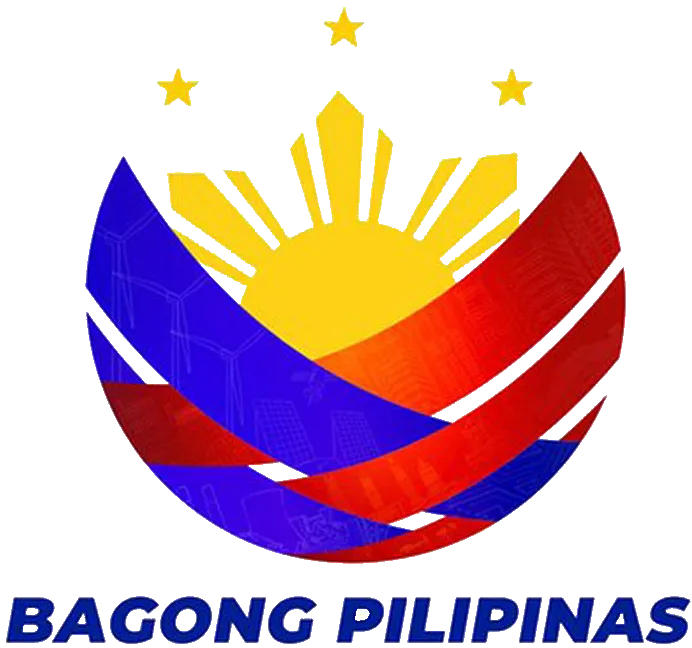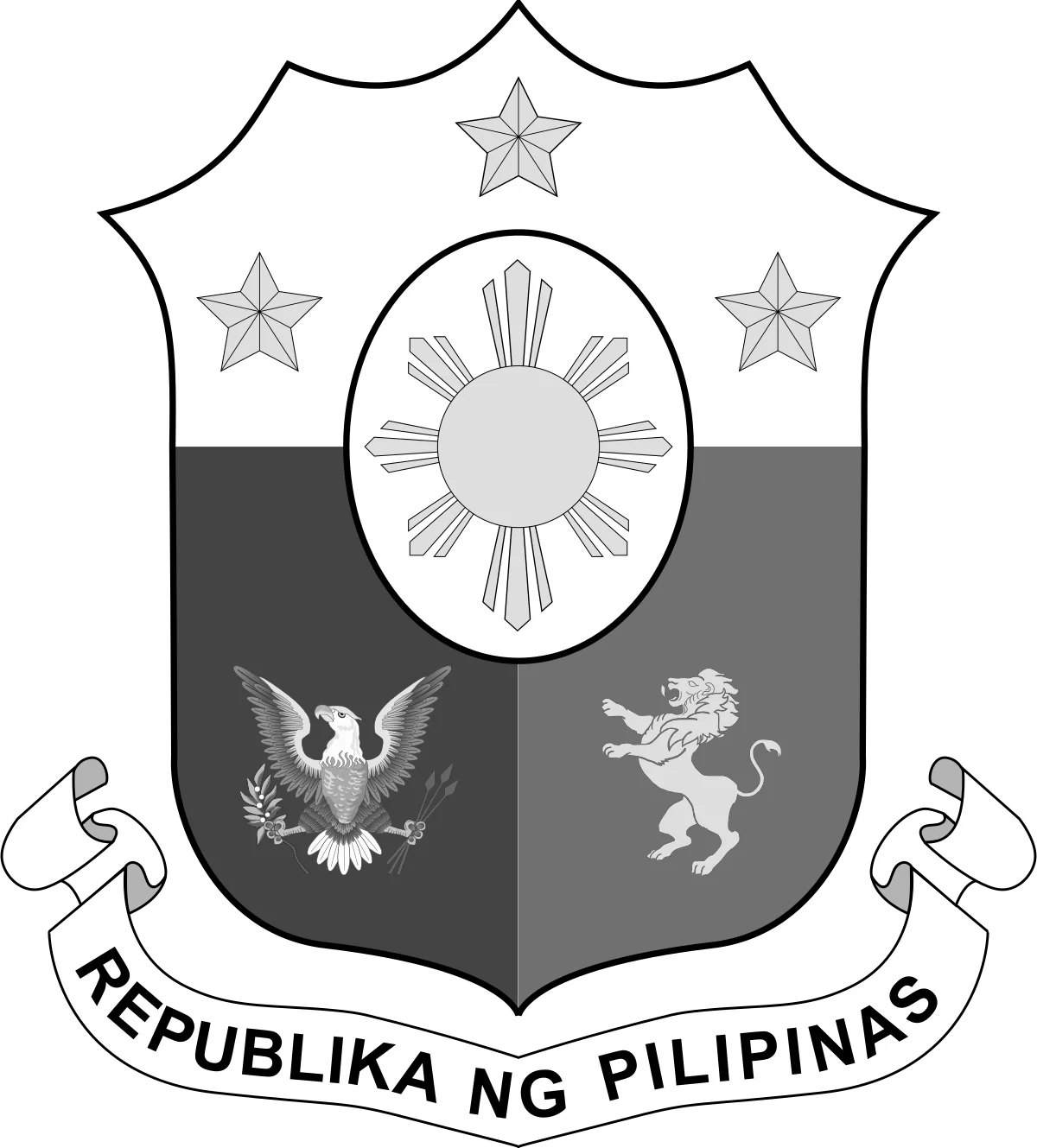The University
The Bohol Island State University (BISU) was born on October 14, 2009, after her Excellency Gloria Macapagal-Arroyo signed into law Republic Act 9722, a.k.a.
“An Act Converting the Central Visayas State College of Agriculture, Forestry, and Technology, its Units, and Satellite Campuses in the City of Tagbilaran and in the Municipalities of Bilar, Candijay, Clarin, Calape, and Balilihan, All Located in the Province of Bohol to be known as the Bohol Island State University (BISU) and Appropriating Funds Therefore”.
– Republic Act 9722
Its inception, House Bill No. 5638, was ardently pushed by Representatives Edgar M. Chatto, Roberto C. Cajes, and Adam Relson L. Jala of the First, Second, Third Districts respectively and by its First President, Dr. Elpidio T. Magante.
Being the realization of the Boholano aspiration, the Bohol Island State University is mandated to primarily provide advanced education, engineering, agriculture, fisheries, environment, arts and sciences, accountancy, cooperative, business and entrepreneurship, technology, and other relevant fields of study in the undergraduate and graduate levels; and to undertake research and extension services and provide progressive leadership in its areas of specialization to meet the needs of the Province of Bohol and Region VII.
The road to success was by no means an easy one. BISU was actually the Central Visayas State College of Agriculture, Forestry, and Technology (CVSCAFT). It was originally composed of five (5) independent vocational and technical public schools in the province of Bohol, integrated by virtue of Republic Act 8659 signed on June 22, 1998. The composite schools then were the following: The Bohol Agriculture College in Barangay Zamora, Municipality of Bilar; The Bohol School of Fisheries in Barangay Cogtong, Municipality of Candijay; The Clarin School of Fisheries in Barangay Poblacion, Municipality of Clarin; The Calape National School of Fisheries in Barangay Calunasan, Municipality of Calape and; The Bohol School of Arts and Trades (BSAT) in Tagbilaran City.
The Bohol Agriculture College was originally the Bilar Farm School established in 1968 pursuant to R.A. 5253 under the administration of Dr. Mateo M. Limbago. It is about 42 kilometers away from the capital City of Tagbilaran and 19 kilometers away from the Municipality of Carmen, home of the world-renowned Chocolate Hills.
The Bohol School of Fisheries was converted in 1959 pursuant to RA No. 685 from the Candijay High School established in 1948. It is about 96 kilometers from Tagbilaran City. For a long time, it was under the administration of Superintendent Pablito S. Retutal.
The Clarin School of Fisheries was established in 1962 pursuant to RA 2834. Formerly, it was the Clarin Junior High School established in 1962. It is about 60 kilometers away from Tagbilaran City. The school then was under the administration of the late Vivencio R. Ramos.
The Calape National School of Fisheries established in 1982 is about 45 kilometers away from the capital city. It was under the administration of the late Principal Antonio P. Magallanes.
Finally, the Bohol School of Arts and Trades (BSAT), was established in 1959 (originally the Bohol Trade School established in 1907). Superintendent Luciano Borja held the reins productively and was later succeeded by Engr. Elpidio T. Magante.
Gaining public trust, the CVSCAFT community grew gradually. In 1998, the BOT approved Resolution No. 2, integrating the Calape Polytechnic College, established in 1992 pursuant to RA 7370 (originally the Calape Community Based Agro-Industrial College (CCBAIC) established in 1989), in Poblacion, Calape to the CVSCAFT System. Its administrator was Rizalito B. Mejia.
Later in 2000, another BOT Resolution approved the integration of the Buenavista College as the Buenavista-Main Campus Extension Class, in the Municipality of Buenavista, about 90 kilometers away from Tagbilaran City.
The birth of BISU also gave birth to its sixth and youngest satellite campus. The Balilihan Campus was formerly an extension class of the Tagbilaran City Campus which started accepting enrollees in the First Semester of A.Y. 2006-2007. R.A. 9722, the same law that converted CVSCAFT to BISU, categorically declared Balilihan as one of the satellite campuses of BISU.
CVSCAFT’s history basically is an account of how BAC Superintendent Dr. Mateo M. Limbago, 3rd District Congressman Isidro Zarraga, and a group of Public and civic spirited citizens of the province ventured to realize a long-felt need for an affordable college education.
Republic Act 8659, the charter integration the five vocational-technical schools into one CENTRAL VISAYAS STATE COLLEGE OF AGRICULTURE, FORESTRY, AND TECHNOLOGY, made the Bohol Agriculture College as the CVSCAFT-Main Campus and the rest as component campuses with “modicum administrative and financial autonomy to allow operational efficiency and effectiveness within the requirement of a harmonious and unified management of the integrated state college for optimum benefits from limited resources”. It is first President, Dr. Mateo M. Limbago together with Vice President for Academic Affairs, Dr. Louis T. Palapar, were installed shortly after the enactment of the law.
President Limbago retired from service on May 23, 2004, and Dr. Elpidio T. Magante succeeded him as SUC President I. The first members of the CVSCAFT Board of Trustees were CHED Commissioner Kate C. Botengan, then OIC President Mateo M. Limbago, Senator Tessie A. Oreta as Chairman of the Senate Committee on Education, Representative Dante Liban as Chairman of the Lower House Committee on Education, Atty. Romeo C. Escandor as Regional Director of NEDA Region VII. Dr. Rodolfo Orais as Regional Director of the DA Region VII Mrs. Ester Corazon J. Galbreath as President of the Federated Alumni Association, Mr. Mosises M. Dumas as President of the Federated Faculty Association, and Mr. Frederick Omay as President of the Federated Student Supreme Council.
The pioneer CVSCAFT System officials were Atty. Joel D. Zamora as Administrative Officer V, Mrs. Vicenta R. Barbarona – HRMDO III, Miss Josefa P. Arac as Budget Officer III, Mrs. Preciosa J. Cabalit as Cashier III, and Mr. Elano L. Bag-ao as Records Officer III.
From humble beginnings, CVSCAFT has grown into a promising state college with dedicated personnel of 355 faculty members and support staff who are attending to a student population of 9,866 for the Second Semester of Academic Year 2009-2010. Since her birth, she grew in size leadership and influence far beyond expectations in her multi-faceted curricular offerings. Her very strong linkage with the Local Government Units and National Government Agencies has dynamically enabled her to strategically meet the increasing demands and needs of a growing state college. She has consistently interlinked with many prestigious foreign universities and institutions offering collaborative assistance in raising the educational, technological, and cultural standards through research works, extension and training programs, and production activities.
As one of the leading institutions in Central Visayas, the CVSCAFT System served not only Boholanos but also those from the neighboring provinces in the Visayas and Mindanao. It continually produced graduates who became leaders in the community, managers, and directors in many corporate organizations, experts and consultants in various technological fields, and administrators in educational institutions. She took pride in harnessing graduates who top board examinations, students under On-the-Job Training (OJT) Programs who are absorbed directly by their cooperating companies and sent abroad further training and deployment, and other successful graduates who worked their way to prove true to the vision, mission, and goals of the institution, thus, making the difference.
Today, Bohol Island State University is geared to pursue its culture of excellence cultivated by its proud past, guided by its mandate, and directed by its vision-mission.

- STARS symbolizes the six (6) satellite campuses
- MAP represents Bohol
- BOOK symbolizes truth, knowledge, quality education, and relevant and responsive curricular programs.
- TORCH represents the intense desire to achieve excellence in the global community.
- GLOBE indicates global community involvement and competitiveness.
- LAUREL LEAF resembles triumph, victory, and peace.
- HILLS and TREES represent Forestry
- RICEFIELD represents Agriculture
- SEA represents Fishery
- HILLS, TREES, RICEFIELDS and SEA represent a balanced ecosystem.
- GEAR represents technology.
- ANTENNA represents information technology and the cyber world
- ATOM is a symbol of science and technology.
- Blue Violet color symbolizes wisdom, power, confidence, trust, faith, and stability.
- The yellow color represents the golden harvest.
- The green color represents nature and environmentally friendly.
- 2009 is the year when the University was founded.




